- 37 Posts
- 12 Comments

 0·2 months ago
0·2 months agoBlatant whataboutism :)
Edit: How easy would it be for them to say that both might be true? Very. But if they said that Hamas would lose credibility, and bring into question the whole “freedom fighter” schtick. Can’t address it, must focus on allegations of genocide and accusing others of defending genocide if anyone brings up something critical of Hamas (please peruse their comment history), thereby derailing any discussion on the matter.
See? It’s that easy.

 0·2 months ago
0·2 months agohttps://stratcomcoe.org/cuploads/pfiles/hamas_human_shields.pdf
Hamas is an Islamist militant group based in the Gaza Strip, which has been designated by the US, the EU and other countries as a terrorist group. Hamas has been using human shields in conflicts with Israel since 2007. Although the definition of human shields is not consistent among states and inter-governmental organisations, the Statute of the International Criminal Court (ICC) states the war crime of using human shields encompasses “utilizing the presence of a civilian or other protected person to render certain points, areas, or military forces immune from military operations.”1
Hamas relies on the Israeli government’s aim to minimise collateral damage, and is also aware of the West‘s sensitivity towards civilian casualties. Hamas’ use of human shields is therefore likely aimed at minimising their own vulnerabilities by limiting the Israeli Defense Forces’ (IDF) freedom of action. It is also aimed at gaining diplomatic and public opinion-related leverage, by presenting Israel and the IDF as an aggressor that indiscriminately strikes civilians.2
Hamas’ most common uses of human shields include:
Firing rockets, artillery, and mortars from or in proximity to heavily populated civilian areas, often from or near facilities which should be protected according to the Geneva Convention (e.g. schools, hospitals, or mosques).
Locating military or security-related infrastructures such as HQs, bases, armouries, access routes, lathes,3 or defensive positions within or in proximity to civilian areas.
Protecting terrorists’ houses and military facilities, or rescuing terrorists who were besieged or warned by the IDF.4
Combating the IDF from or in proximity to residential and commercial areas, including using civilians for intelligence gathering missions.
By engaging in these acts, Hamas employs a win-win scenario: if indeed the IDF uses kinetic power, and the number of civilian causalities surges, Hamas can use that as a weapon in the lawfare5 it conducts. It would be able to accuse the IDF (and Israel) of committing war crimes, which in turn could result in the imposition of a wide array of sanctions. On the other hand, if the IDF limits its use of military power in Gaza to avoid collateral damage, Hamas will be less vulnerable to Israeli attacks, and thereby able to protect its assets while continuing to fight.
Hamas’ growing strategic distress in the face of recent geopolitical developments will probably push the organisation towards a more pragmatic strategy in the near future. However, the movement is simultaneously preparing itself for yet another round of armed conflict with Israel. If this indeed happens, and in light of the success of the human shield practice, there is every reason to believe Hamas will continue resorting to the use of civilians as human shields.
Edit: FTA, since people think this is whataboutism :)
The Israeli army said it attacked a Hamas command centre “disguised in the humanitarian area in Khan Younis” and that “many steps were taken to reduce the chance of harming civilians, including the use of precision weaponry, aerial surveillance and additional intelligence information”.
Edit 2: ITT Hamas? You mean Israel? If not obvious by this point, the effort is to discredit/downplay anything critical of Hamas, turn discussion about Hamas activities into whataboutisms towards Israel, and reframe arguments against Hamas activities as a defense of genocide. Rinse, repeat in every thread about this conflict. Kinda boring after a while.

 142·6 months ago
142·6 months agoSame people, they’ve been making biodegradable footwear for a bit now.

 1·10 months ago
1·10 months agoI had posted this elsewhere but feel it is relevant to your comment. It describes Erdogan’s position towards the conflict, and could provide some context to your reminder. Worth the read.
https://www.brookings.edu/articles/understanding-turkeys-response-to-the-israel-gaza-crisis/

 3·10 months ago
3·10 months agoFrom your link too, said previously in 2023 by Palestinians against Hamas in the economic protests:
https://en.wikipedia.org/wiki/2023_Gaza_economic_protests
In July and August 2023, thousands of Palestinians in the Gaza Strip took to the streets to protest chronic power outages, poor economic conditions in the territory, and Hamas’s taxation of stipends to the poor paid by Qatar. The rallies, organized by a grassroots online movement called “Alvirus Alsakher” (The mocking virus), were a rare public display of discontent against the ruling Hamas government. Hamas bars most demonstrations and public displays of discontent.

 2·10 months ago
2·10 months agoThis is correct, Jerusalem Report has the high rating which is published by the Jerusalem Post, though it appears these ratings are switched by op. Posted article is from the Jerusalem Post.

 105·10 months ago
105·10 months agoSimilar reporting, but I think discussed an important caveat to the polling:
https://www.cnn.com/2023/12/21/middleeast/palestinians-back-hamas-survey-intl-cmd/index.html
But Shikaki cautions that higher support for Hamas should not be over-stated, at least not yet. As more Palestinians come to terms with the atrocities committed by Hamas on October 7, so attitudes could change — though that is unlikely to be the case so long as Gaza remains under massive attack.
Important again is how many people have watched videos from October 7 and the differences between the territories. In Gaza, 25% of those asked said they had viewed such videos; and 16% of all respondents told researchers Hamas had committed war crimes. In the West Bank, the corresponding numbers were just 7% and 1%.
Gaza is moving out of denial more quickly than the West Bank, Shikaki says, and that means a reckoning for Hamas. Already, only 38% of Gazans want to see the militant group return to governance after the war.

 1310·10 months ago
1310·10 months agohttps://mediabiasfactcheck.com/about/
The credibility of a website/media source is not determined by who owns them but rather by its track record. Everybody starts as a beginner and, through experience, becomes an authority in their field. MBFC is no different. Over the last 8 years, we have proven to be a trusted authority on the rating of bias and the credibility of media sources. For example, MBFC is trusted by major media outlets and IFCN fact-checkers. This is evidenced by frequently being referenced by sources such as USA Today, Reuters Fact Check, Science Feedback, Washington Post, and NPR, among dozens of others. We are also frequently used as a resource in libraries, high schools, and universities across the United States.
Media Bias/Fact Check has also been used as a resource for research by the University of Michigan and the Massachusetts Institute of Technology. Further, we have been utilized by numerous print books such as these:
The Rise of the Alt-Right
Fake News, Propaganda, and Plain Old Lies: Find Trustworthy Information in the Digital Age
Raising Humans in a Digital World
Everyday Media Literacy An Analog Guide for Your Digital Life
Hate Groups and Extremist Organizations in America: An Encyclopedia
Finally, MBFC scored a perfect 100/100 rating by Newsguard, which rates the credibility of Media Sources. We believe it is significant that a competitor gave us this score.
https://www.newsguardtech.com/about/why-should-you-trust-us/

 81·10 months ago
81·10 months agoI don’t have other numbers handy, but that 3GWh number is storage capacity, which isn’t comparable to annual usage.

 01·11 months ago
01·11 months agoWhen you’re working with coproducts like algae-derived pharmaceuticals (see Lumen biotech in Seattle) that sell for 6 figures/kg you’re correct, much more stringent pharma-like ideas do get implemented because the down time is costly. This is seen in indoor reactor setups where you can grow under artificial light year round. Outdoors, the cost to implement more sophisticated systems doesn’t translate in your TEA especially when growing things like protein which is cheap in comparison.

 01·11 months ago
01·11 months agoIt is a complicated topic, pest management strategies can vary. A lot of the time it is site and organism specific as far as what you’d end up with, certain species can be susceptible to different infestations. So many invasive organisms require different cures, these can include chemicals, fungicides, filtration, but these kinds of contamination events are somewhat expected after enough time, so as long as the same issue isn’t recurring too frequently, the economic strategy is to just reboot the pond after a clean.
Typically, the strategy is to outcompete what you may get contaminated with. Ideally your crop is a high productivity strain of algae (much more productive than things originating outside the pond), and as long as the algae exhibit faster growth rates, the invasive species doesn’t have an opportunity to take off as the desired algae will continue to take the majority of nutrients.
If you get something toxic in there, it’s gotta be dealt with accutely based on the critter, but other preventative strategies like inlet media filtration/heating, crop rotation, and organism population monitoring can help mitigate these things from starting up. A good review can be found here.


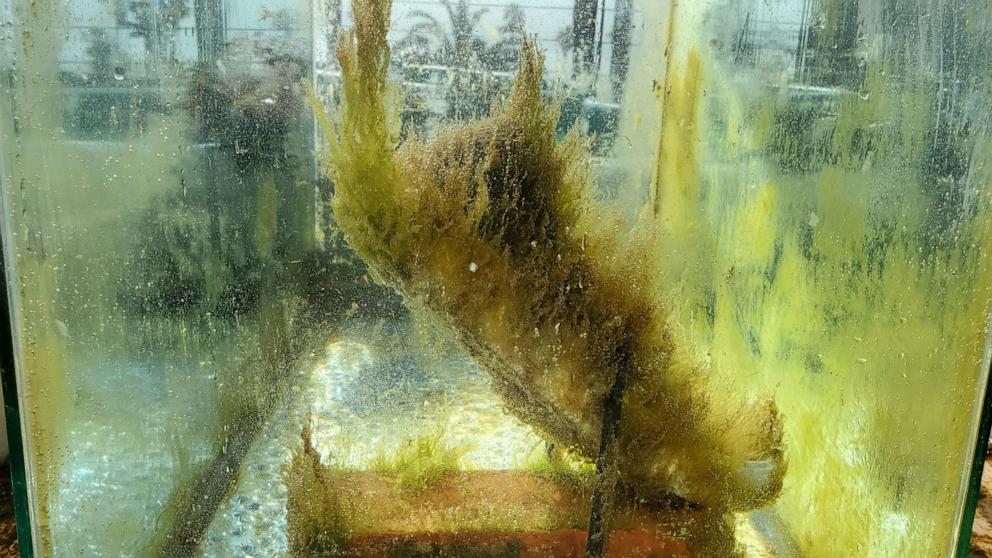
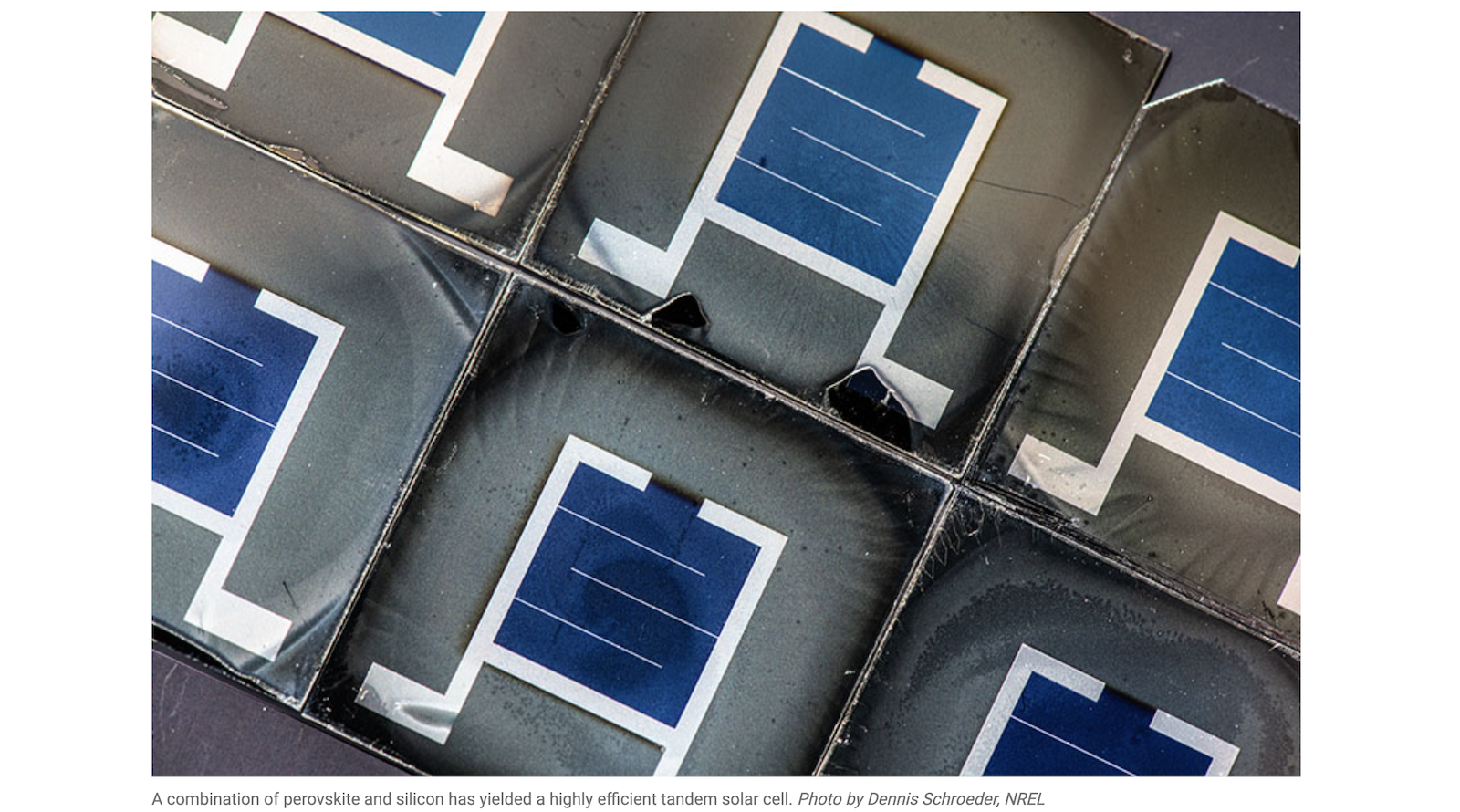





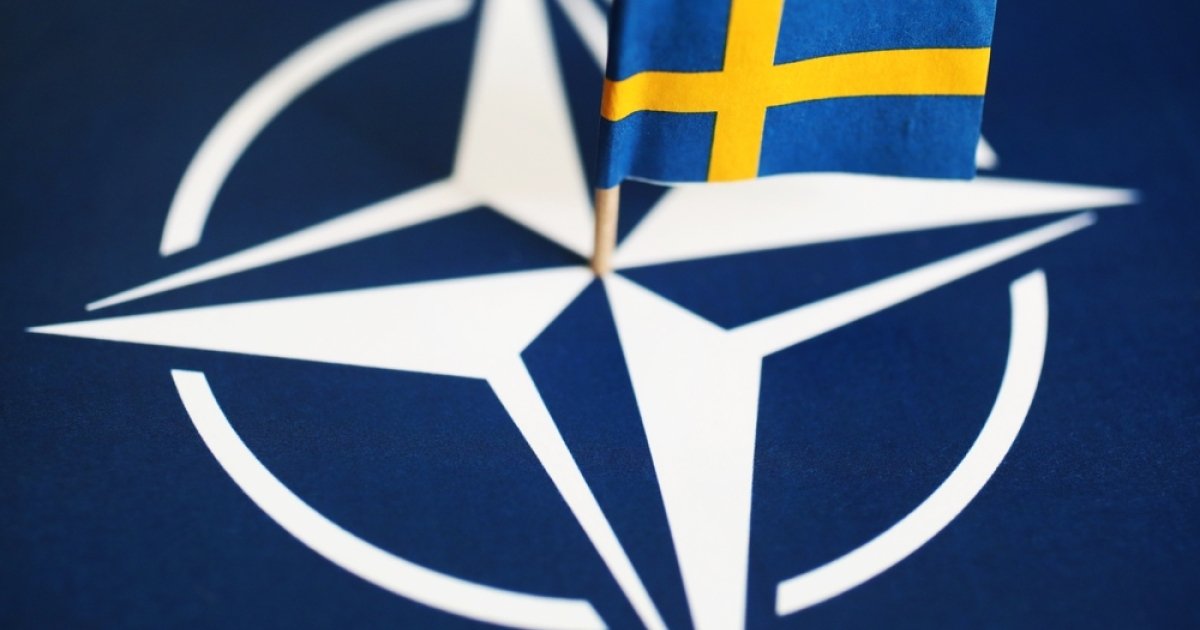

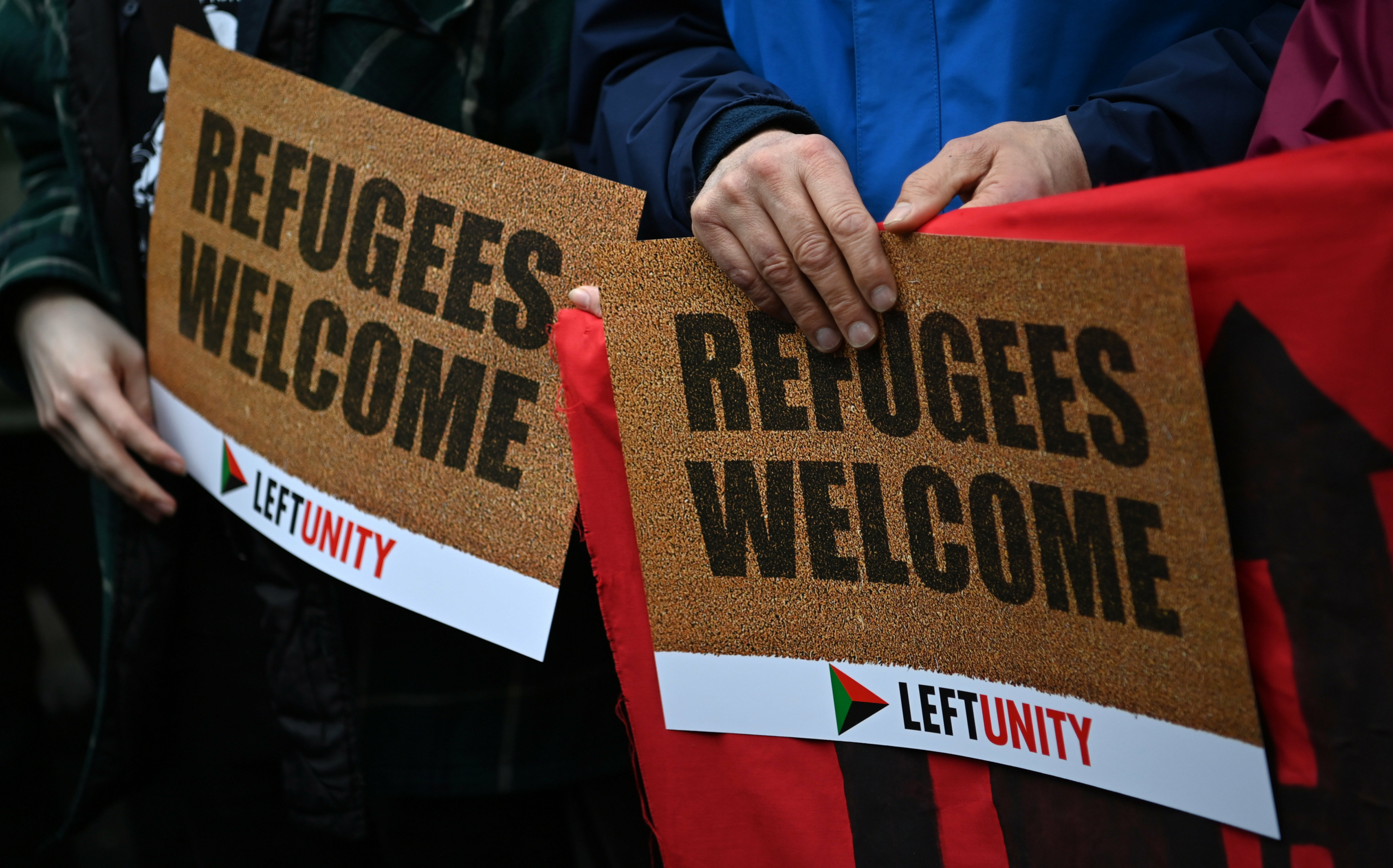






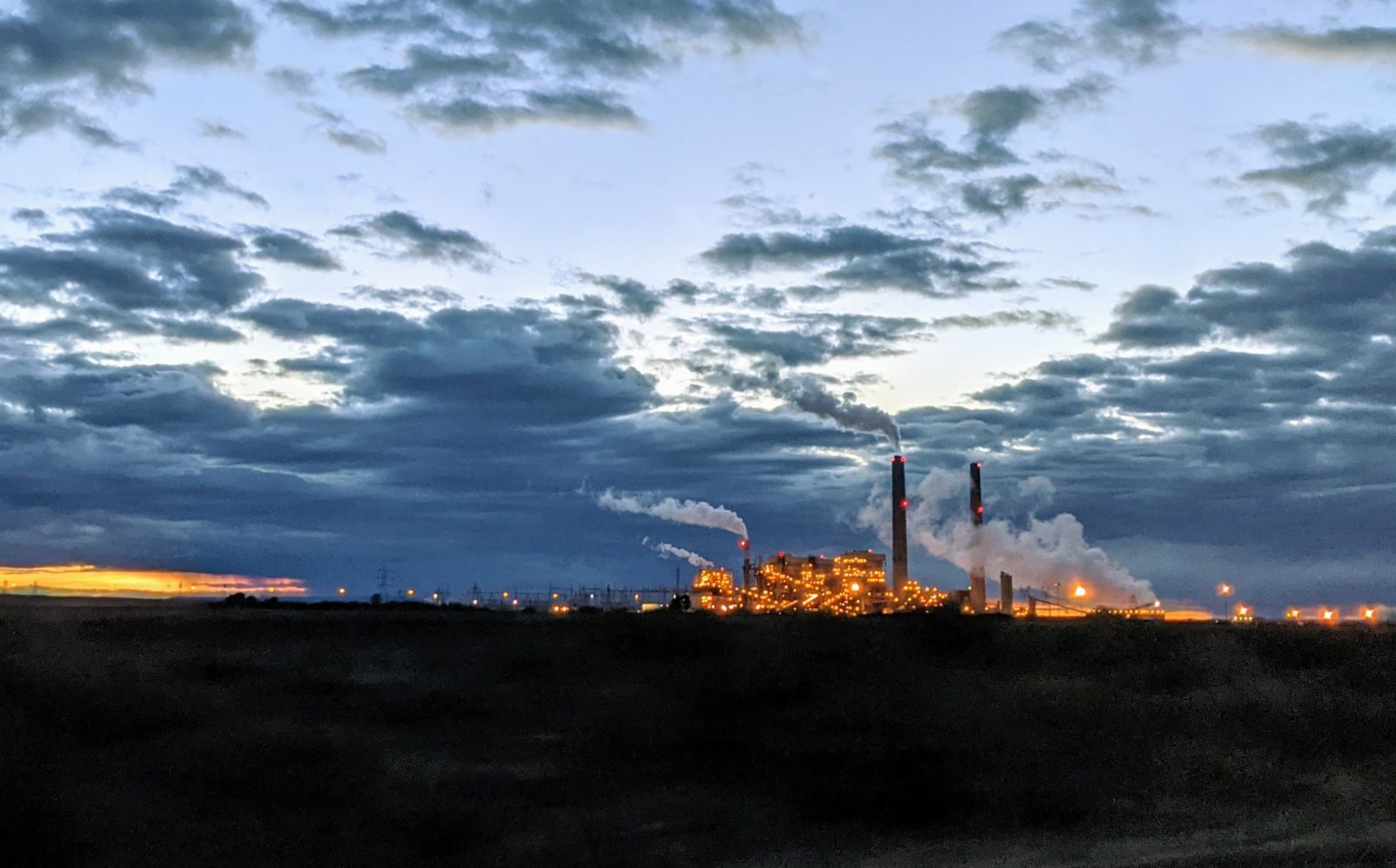
In fitting behavior, I could ask for evidence those Hamas military figures were elsewhere. However, I’m confident subsequent reviews of this event and others like it will uncover the truth, and perhaps we’ll get another extensive report on the matter (did you read my link?).
I think we both know that lies travel faster than evidence, don’t we?
Don’t really care about the reply, I got what I wanted.